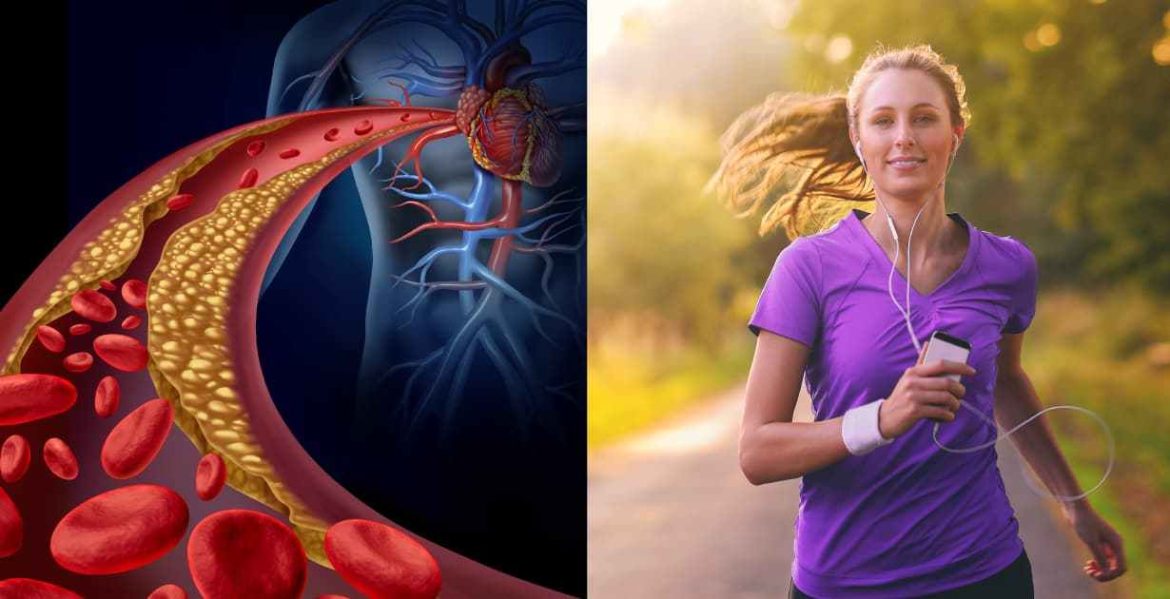Coronary heart disease (CHD), also known as coronary artery disease, is a leading cause of death among women worldwide.
It occurs when the coronary arteries, which supply blood to the heart muscle, become narrowed or blocked due to atherosclerosis. While many symptoms of CHD are common to both men and women, there are distinct differences in how the disease manifests in women. Recognizing these differences is vital for timely intervention and improved outcomes. This article explores six typical symptoms of coronary heart disease in women, highlighting the need for awareness and early detection.
1. Chest Pain And Discomfort
Chest pain or discomfort is the most common symptom of coronary heart disease in both men and women. However, the nature and presentation of this symptom can differ significantly between genders. Women often experience:
Atypical chest pain: Unlike the classic crushing chest pain often described by men, women may feel a squeezing, fullness, or pressure in the chest that may be less intense.
Diffuse pain: The pain may not be localized to the chest but can radiate to the neck, jaw, shoulders, back, and arms.
Duration and occurrence: Women might experience chest discomfort more frequently during rest or even during sleep, rather than during physical exertion alone.
Understanding these variations is essential for accurate diagnosis and prompt treatment.
SEE ALSO: What Is 12-Lead Coronary Artery Scan?
2. Shortness of Breath
Shortness of breath is another significant symptom of coronary heart disease in women. It can occur with or without chest pain and may present in the following ways:
Exercise intolerance: Women may notice they become easily winded during activities that previously did not cause breathlessness, such as climbing stairs or walking short distances.
Resting shortness of breath: This symptom can also manifest while at rest, making it harder to recognize as a heart-related issue.
Sleep disturbances: Women might experience difficulty breathing while lying down, which can disrupt sleep and lead to a condition known as paroxysmal nocturnal dyspnea.
Given the subtlety of this symptom, it is often mistaken for anxiety, stress, or respiratory conditions.
3. Fatigue And Weakness
Unexplained fatigue and weakness are common but often overlooked symptoms of coronary heart disease in women. These symptoms can manifest as:
Persistent fatigue: Feeling unusually tired or exhausted, even after adequate rest and sleep.
Activity-related fatigue: Experiencing extreme tiredness during or after physical activities that were previously manageable.
Generalized weakness: A sense of overall weakness that affects daily functioning and quality of life.
These symptoms can be easily attributed to other factors such as lifestyle, aging, or psychological stress, making it crucial to consider cardiac causes in women presenting with persistent fatigue.
4. Nausea And Vomiting
Gastrointestinal symptoms like nausea and vomiting are less commonly associated with heart disease, yet they can be indicative of coronary heart disease in women. These symptoms can include:
Nausea without clear cause: Women may feel nauseous without any apparent reason, and this nausea can be persistent or intermittent.
Vomiting: Some women might experience vomiting, which can occur suddenly and without any gastrointestinal illness.
Indigestion: A feeling of indigestion or heartburn that does not respond to typical treatments can also be a warning sign of heart disease.
Recognizing these atypical symptoms is crucial, as they can easily be misdiagnosed as gastrointestinal issues, delaying appropriate cardiac care.
5. Sweating
Excessive sweating, particularly when it is unexplained and occurs in situations not typically associated with sweating, can be a symptom of coronary heart disease in women. This symptom can present as:
Cold sweats: Sudden, cold, clammy sweating that occurs without physical exertion or high temperatures.
Night sweats: Women may experience profuse sweating at night, which can disrupt sleep and be mistakenly attributed to menopause or hormonal changes.
Generalized sweating: Unexplained, excessive sweating during daily activities or even while at rest.
Sweating as a symptom of coronary heart disease in women can often be misinterpreted as a sign of stress, anxiety, or other non-cardiac conditions.
6. Pain in Other Parts of The Body
Women with coronary heart disease may experience pain in areas other than the chest, often described as:
Neck, jaw, and throat pain: Pain or discomfort in these areas can be subtle and might not be immediately associated with heart issues.
Shoulder and upper back pain: Women may feel pain or pressure in the shoulders or upper back, which can be mistaken for musculoskeletal problems.
Abdominal pain: Some women report pain in the upper abdomen, which can be confused with gastrointestinal conditions.
These atypical pain presentations can lead to misdiagnosis and delayed treatment, emphasizing the need for healthcare providers to consider cardiac causes when women present with these symptoms.
Conclusion
Coronary heart disease remains a significant health threat for women, often presenting with symptoms that differ from those experienced by men. Recognizing these six typical symptoms—chest pain and discomfort, shortness of breath, fatigue and weakness, nausea and vomiting, sweating, and pain in other parts of the body—can lead to earlier diagnosis and treatment. Women and healthcare providers must be aware of these differences to ensure timely and effective management of coronary heart disease.


